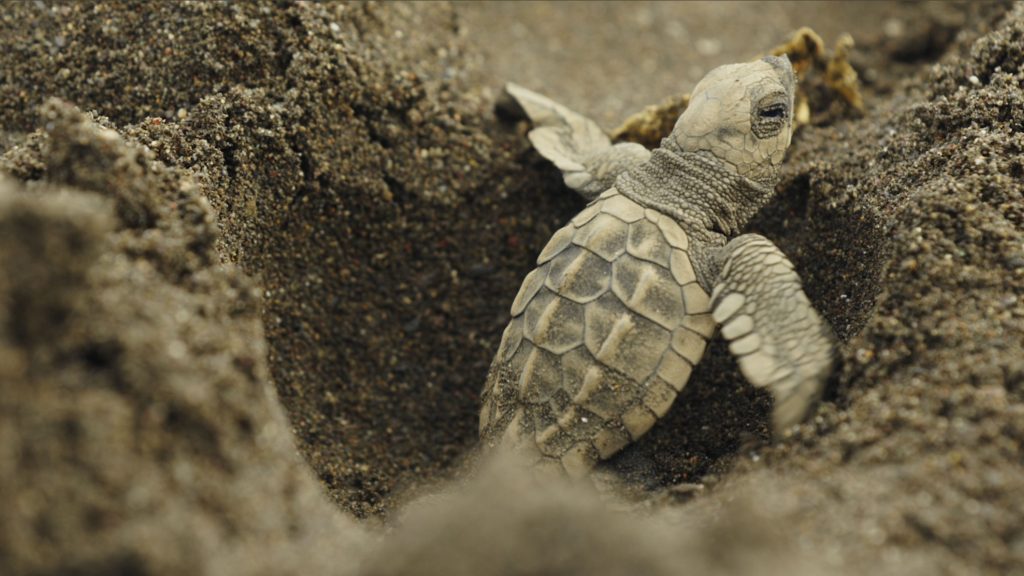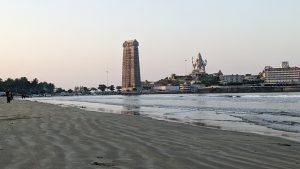The Olive ridley sea turtle (Lepidochelys olivacea) is a species of sea turtle that is found in warm and tropical waters of the Pacific, Indian, and Atlantic Oceans. They are the smallest and most abundant of all sea turtles, with adults weighing between 75-100 pounds and measuring 2-2.5 feet in length.
Olive ridleys are known for their unique nesting behavior, where they come ashore in large groups, known as arribadas, to lay their eggs. These mass nesting events can involve thousands of turtles coming to shore at the same time.
The diet of Olive ridleys consists mainly of jellyfish, snails, crabs, and shrimp. They are also known to feed on algae and seaweed.
Olive ridleys face a number of threats, including habitat loss, poaching for their eggs and meat, accidental capture in fishing gear, and ingestion of marine debris such as plastic bags, which they may mistake for jellyfish. Conservation efforts, including protecting nesting sites, reducing bycatch, and education campaigns to reduce the demand for turtle products, have helped to stabilize some populations.
10 Facts about Olive Ridley Sea Turtles:
- Olive ridley sea turtles (Lepidochelys olivacea) are one of the smallest sea turtle species, typically reaching a maximum length of about 2 feet and a weight of 100 pounds.
- They are named for their olive-colored carapace, or shell, which is heart-shaped and relatively flat.
- Olive ridley sea turtles are found in tropical and subtropical waters around the world, including the Atlantic, Indian, and Pacific Oceans.
- They are known for their mass nesting events, or arribadas, during which thousands of turtles come ashore to lay their eggs simultaneously.
- Olive ridley sea turtles are omnivores, feeding on a variety of prey including jellyfish, crabs, shrimp, and sea grass.
- They are listed as vulnerable by the International Union for Conservation of Nature (IUCN), and their populations have declined significantly due to human activities such as egg collection, accidental capture in fishing gear, and habitat destruction.
- Conservation efforts to protect olive ridley sea turtles include measures to reduce accidental capture in fishing gear, protection of nesting beaches, and public education campaigns.
- The sex of hatchling olive ridley sea turtles is determined by the temperature of the sand during incubation, with warmer temperatures resulting in more females and cooler temperatures resulting in more males.
- Olive ridley sea turtles have a lifespan of about 50 years in the wild.
- These turtles play an important role in marine ecosystems by helping to maintain the health of sea grass beds and coral reefs, and by serving as a food source for predators such as sharks and crocodiles.
If you stay in Maharashtra, you will be able to witness baby olive ridley turtles at Velas village. Velas turtle festival from mumbai is very famous in Maharastra.




